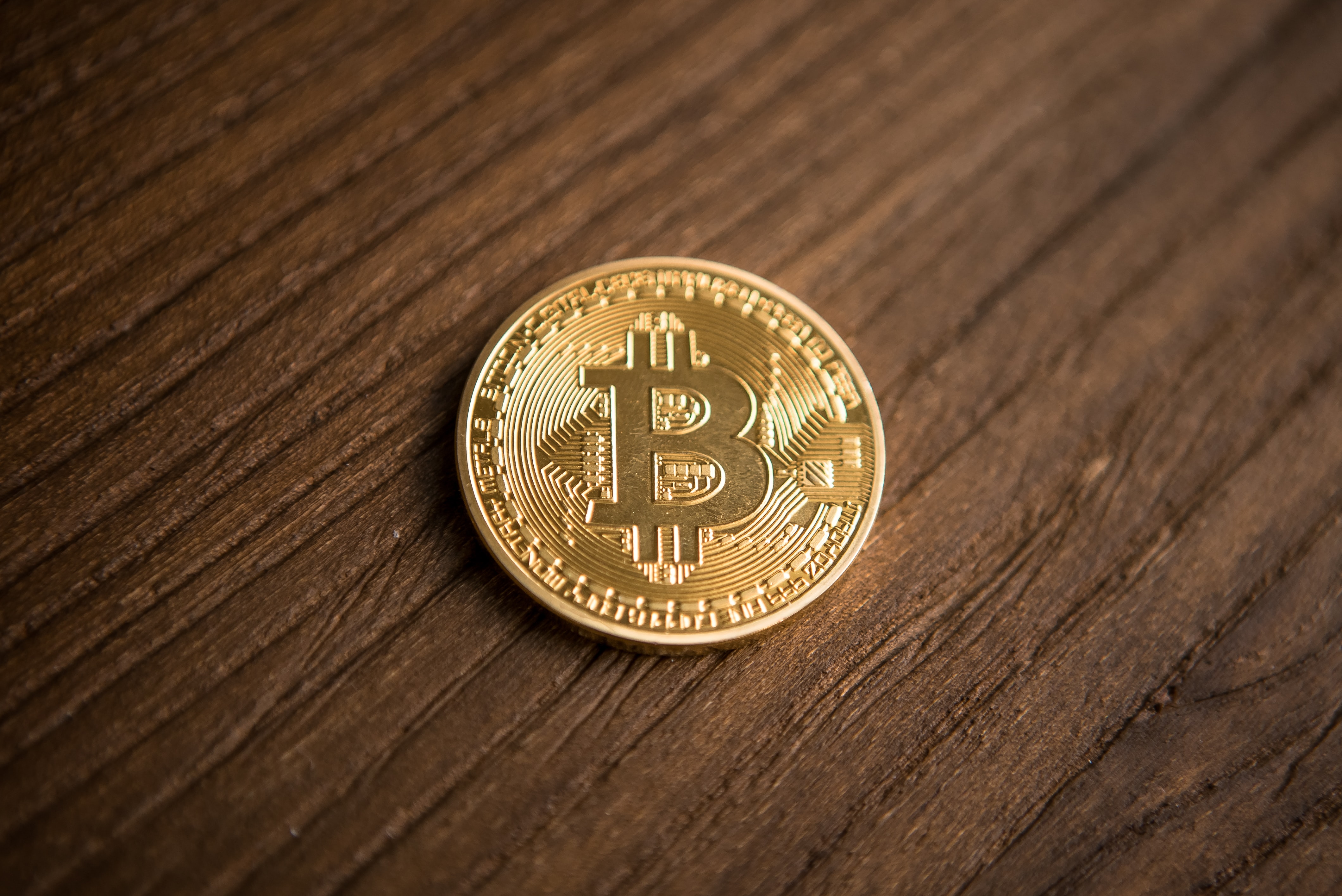The principle of the decentralized issue of digital tokens protected by cryptography was first put into practice in it, as well as the ability to safely transfer them between network users – the basic principles of all modern cryptocurrencies. And most importantly, its development is still ongoing. Perhaps Bitcoin will surprise us with innovative ideas more than once.
The Bitcoin market is volatile
The first and most important feature of Bitcoin is how fast its market is changing. And although you should always remember about price fluctuations, Bitcoin is a completely different level of fluctuations.
What is so special about him? Firstly, this is a relatively new currency, so the rules of trade are not yet so detailed. There are no rules at all, and the market is constantly in a state of chaos.
The official price has not been set, so your investment can fall sharply in price in a matter of minutes. It is not uncommon when the value of Bitcoin falls during the day.
At the time of this writing, the Bitcoin exchange rate is $ 2,439.93. At the same time, the price changes greatly – almost every minute.
Of course, a cryptocurrency with such features could not help but gain notoriety in the financial world.
When to invest?
If you weren’t scared enough of the previous paragraph, let’s discuss when it is best to invest in Bitcoin.
The market moves at a tremendous speed and does not work during normal trading hours, but round the clock
This means that a successful investment will require much more than a thick wallet. Trading on Bitcoin takes time.
How to invest in bitcoin?
We discussed almost all the basic issues regarding Bitcoin. Now let’s focus on how and where to get this digital currency. The investment process is slightly different from the usual order established in the market. Investing in Bitcoin is called “mining.” The process itself is very reminiscent of the game. You can take advice from teeka tiwari masterplan
Using special programs, miners try to break through complex mathematical algorithms. The trader is rewarded with a certain amount of Bitcoin for his efforts.
The described system is not centralized and operates on the basis of a peer-to-peer network, so the main goal is to attract others to the game. In fact, each user owns a share in the Bitcoin game.
The idea is that the more people use Bitcoin, the stronger the economy. After this, your head may hurt … But do not worry, we will be happy to answer any questions about how to invest in Bitcoin.
Bitcoin is the most suitable currency for trading binary options, the first transaction with which was conducted on January 21, 2009. On this day, the creator of the cue-ball Satoshi Nakamoto transferred 100 units of the new cryptocurrency to his friend Hal Finney.
What does Bitcoin look like?
Currently, some online stores accept bitcoins as payment (in Canada there is even a special street terminal), a number of IT companies pay bonuses in the form of cryptocurrencies to their employees, and the central banks and governments of lots of countries see the rivals as a direct competitor and do their best to ban cryptocurrencies.
Blockchain is a way of organizing data in electronic networks, which is often called the next revolutionary invention after the Internet. Its main advantage is decentralization: information is distributed across all nodes of the network and is completely duplicated in each of them (in contrast, for example, from the Internet). Data on the blockchain, as a rule, is open and unchanged and can potentially be considered “eternal”: it will be stored as long as there is at least one node in the network.
Cryptocurrencies – means of payment (at least according to the plan of their developers) created on the basis of the blockchain. Bitcoin is most popular of cryptocurrencies, the more technologically advanced cryptocurrency – “ether”: its Ethereum technology platform is sometimes called the “global computer”. And the main topic of our conversation will be blockchain technology as an object of social and philosophical reflection: what crypto enthusiasts, media philosophers, and, finally, ordinary users see it.

